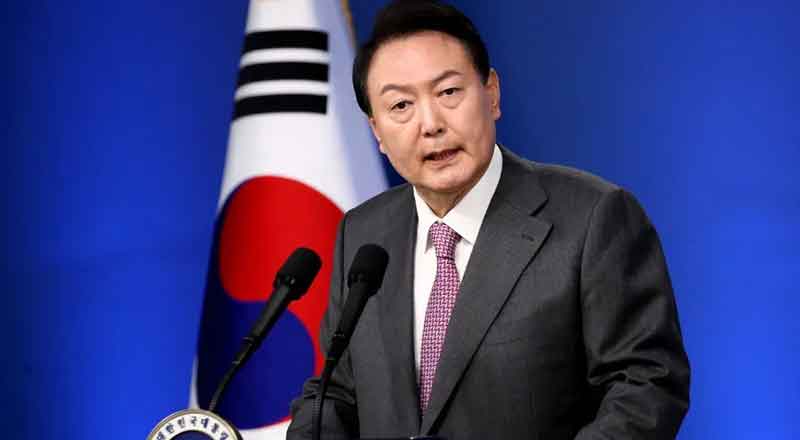In his first address following a historic ceasefire, Hezbollah Chief Naim Qassem declared a “divine victory” over Israel, asserting that the militant group’s strength and resilience remain intact. This truce, brokered by the United States and France, comes after over a year of hostilities between Hezbollah and Israel that left thousands dead and devastated Lebanon’s southern region. Despite the ceasefire, the road to stability remains fraught with challenges, including accusations of violations and lingering tensions.
The Ceasefire Agreement: Terms and Provisions
The ceasefire agreement stipulates that Hezbollah will withdraw from areas south of the Litani River, about 30 km north of the Israeli border, while the Lebanese Army will take over security in the region. The deal grants the Israeli military 60 days to fully withdraw from Lebanese territory, and in the interim, the Lebanese Army has requested residents of the south to delay returning to their homes to ensure their safety.
Despite these provisions, the ceasefire has seen complications. Restrictions imposed by the Israeli military on border villages, coupled with recent airstrikes by Israel, have raised questions about the durability of the truce. Both Hezbollah and the Lebanese Army have accused Israel of breaching the agreement, signaling the fragility of the situation.
Hezbollah’s Claims of Victory
Naim Qassem, in his address, lauded Hezbollah’s ability to withstand Israeli aggression, claiming that the group emerged from the conflict stronger and more unified. Comparing the current developments to the 2006 conflict, Qassem asserted that the recent “victory” surpassed the earlier one in scale and significance.
“To those betting on Hezbollah’s weakening, their bets have failed,” he proclaimed, emphasizing that the ceasefire was agreed upon “with heads held high.” He also pledged close coordination with the Lebanese Army to ensure the implementation of the agreement.
Challenges in Implementation
The Lebanese Army faces a complex task of managing the transition to peace in a region scarred by conflict. While additional troops have been deployed to the south, their movement is contingent on Israeli compliance with the withdrawal timeline. The presence of Israeli troops has already led to heightened tensions, with instances of fire directed at civilians attempting to return to their homes.
Furthermore, the airstrike above the Litani River by Israel on Thursday has underscored the precarious nature of the ceasefire. Hezbollah’s accusations of violations highlight the mistrust between the two parties, potentially jeopardizing long-term peace.
Broader Implications
The ceasefire carries significant implications for the geopolitical landscape of the region. The agreement, if successfully implemented, could pave the way for reducing hostilities along the Israeli-Lebanese border. However, the ongoing tensions serve as a reminder of the deep-seated animosities that fuel the conflict.
Hezbollah’s claim of a “divine victory” serves a dual purpose: consolidating its domestic support base and sending a message to regional and international actors about its enduring influence. Meanwhile, Israel’s cautious approach to the withdrawal suggests a strategic calculation aimed at minimizing risks in a volatile security environment.
The ceasefire between Hezbollah and Israel marks a critical juncture in a protracted conflict that has exacted a heavy toll on Lebanon and its people. While the agreement provides a framework for reducing violence, its success hinges on mutual adherence to the terms and the effective coordination between Hezbollah and the Lebanese Army.
As Hezbollah touts its “divine victory,” the focus must shift to rebuilding trust and ensuring the safety of civilians in affected regions. Only through sustained efforts and dialogue can the region move toward a more stable and peaceful future. Whether this ceasefire will hold or become another chapter in the cycle of conflict remains to be seen.
(With inputs from agencies)





